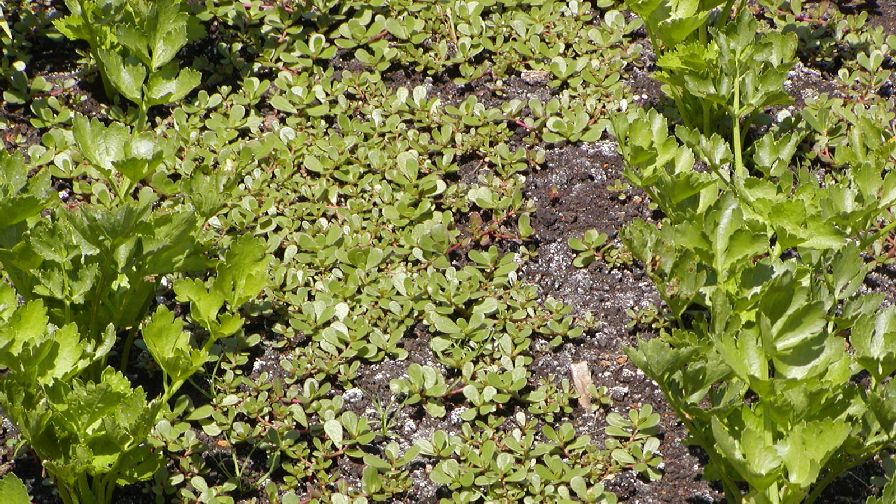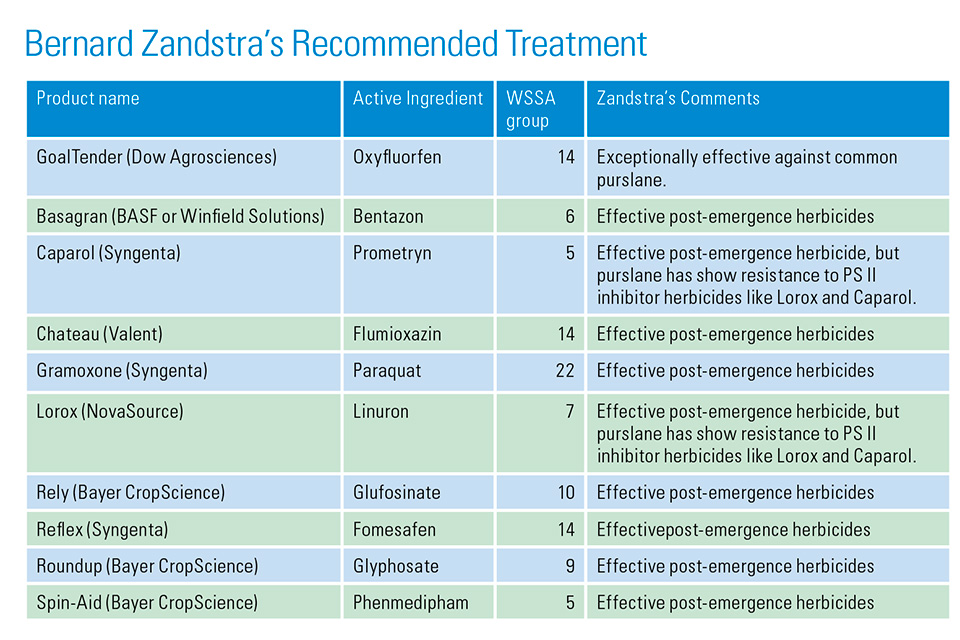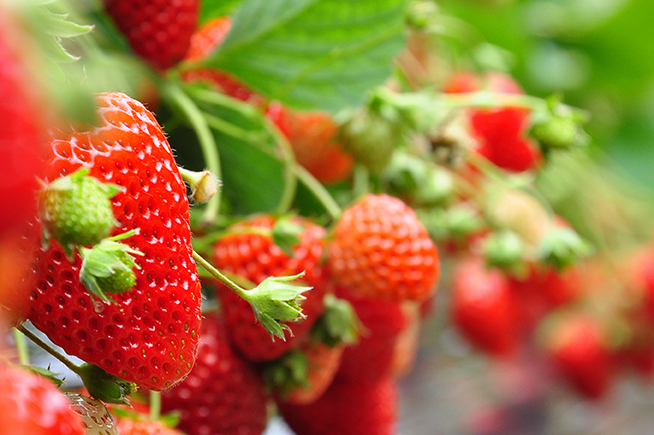Field Scouting Guide: Common Purslane
 This edition of “Field Scouting Guide” concentrates on Portulaca oleracea L. (common purslane). Lynn Brandenberger, Oklahoma State University; Carla Burkle, Penn State Extension; and Bernard H. Zandstra, Michigan State University, show you how to spot and treat this weed.
This edition of “Field Scouting Guide” concentrates on Portulaca oleracea L. (common purslane). Lynn Brandenberger, Oklahoma State University; Carla Burkle, Penn State Extension; and Bernard H. Zandstra, Michigan State University, show you how to spot and treat this weed.
THE BASICS
- Scientific name: Portulaca oleracea L.
- Geographical Range: This is a widespread problem in all temperate and tropical regions. The weed is especially common in the Northeastern U.S.
- Crops affected: The weed can crowd out most vegetable crops when it isn’t properly controlled. While virtually all cultivated crops may be affected by common purslane, the weed prefers an open habitat on rich, moist soil. It can (and will), however, grow on many other soil types, including marginal habitats. Common purslane also targets summer annual crops such as pepper, tomato, eggplant, and other vegetables that spend two to four months in the field.
PEST IMPACT
Burkle: Potentially all our growers in parts of the Commonwealth of Pennsylvania may be affected by common purslane. This is a very well established and highly adaptive weed. All life stages may be problematic as this weed is a prolific seeder, and seeds may be viable for more than 40 years in the soil.
Additionally, whole plants may regenerate from small cut pieces created by cultivation. Seeds will mature on removed plants for up to a week and result in new plants. Removal before three weeks after emergence is ideal to avoid reseeding the area.
Common purslane is often found in a mixed population with other weeds, therefore economic impacts aren’t usually limited to the presence of common purslane. Depending on the crop, losses due to ineffective weed management can be severe. Economic impacts of common purslane management will vary depending on the type of chemical control and whether hand removal is used.
IDENTIFICATION
Brandenberger: Common purslane can be confused with other weeds with prostrate growth habit, but once you’ve seen purslane it’s easy to identify. Weeds often confused for common purslane include:
• Striate knotweed (Polygonum achoreum Blake)
• Prostrate spurge (Euphorbiaceae family)
• Oxalis (Oxalidaceae family).
Burkle: Common purslane has a slight resemblance to spurge (Euphorbia maculata). A key difference is that spurge will emit a milky sap if the stem is broken, whereas purslane will not.
RECOMMENDED TREATMENT

Burkle: Common purslane is an abundant seeder and matures in about four weeks. Many generations are possible in a growing season. It will still produce seed for up to a week after removal and may also regenerate from broken or cut pieces, so removal after cultivation is necessary to reduce the population.
Avoid introducing this weed if it is not present in the area. There are numerous pre- and post-emergent herbicides that provide good to excellent control of common purslane. Specific recommendations will depend on the vegetable crop grown. Consult your region’s commercial vegetable production guide and Extension services for specific recommendations.
Zandstra: I am not aware of organic herbicides that are effective against common purslane. In the old days, common purslane was removed by hand. As you can imagine, it was an endless job to keep small crops, such as carrot and onion, clean of this weed.
IPM RECOMMENDATIONS
Burkle: Solarize soil by covering moist soil with a clear plastic sheet for four to six weeks during the hottest months of the year. Prepare beds before solarizing to avoid cultivation after solarization; doing so may bring up weed seeds deeper in the soil profile and allow them to germinate.
Lightly cultivate common purslane seedlings after irrigation and remove seedlings, if possible. Try to cultivate and remove seedlings before they reach three weeks after emergence.
Mulches may be effective if they completely block all light. Organic mulches must be at least 3 inches thick to suppress common purslane.
A biological control agent, the purslane sawfly (Schizocerella pilicornis), is known to feed and reproduce on common purslane, reducing its vigor and photosynthetic area. Unfortunately, the sawfly population does not increase fast enough to provide effective control in a commercial production setting.










